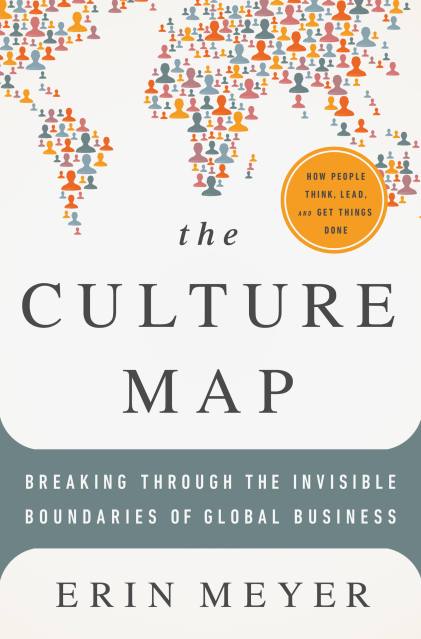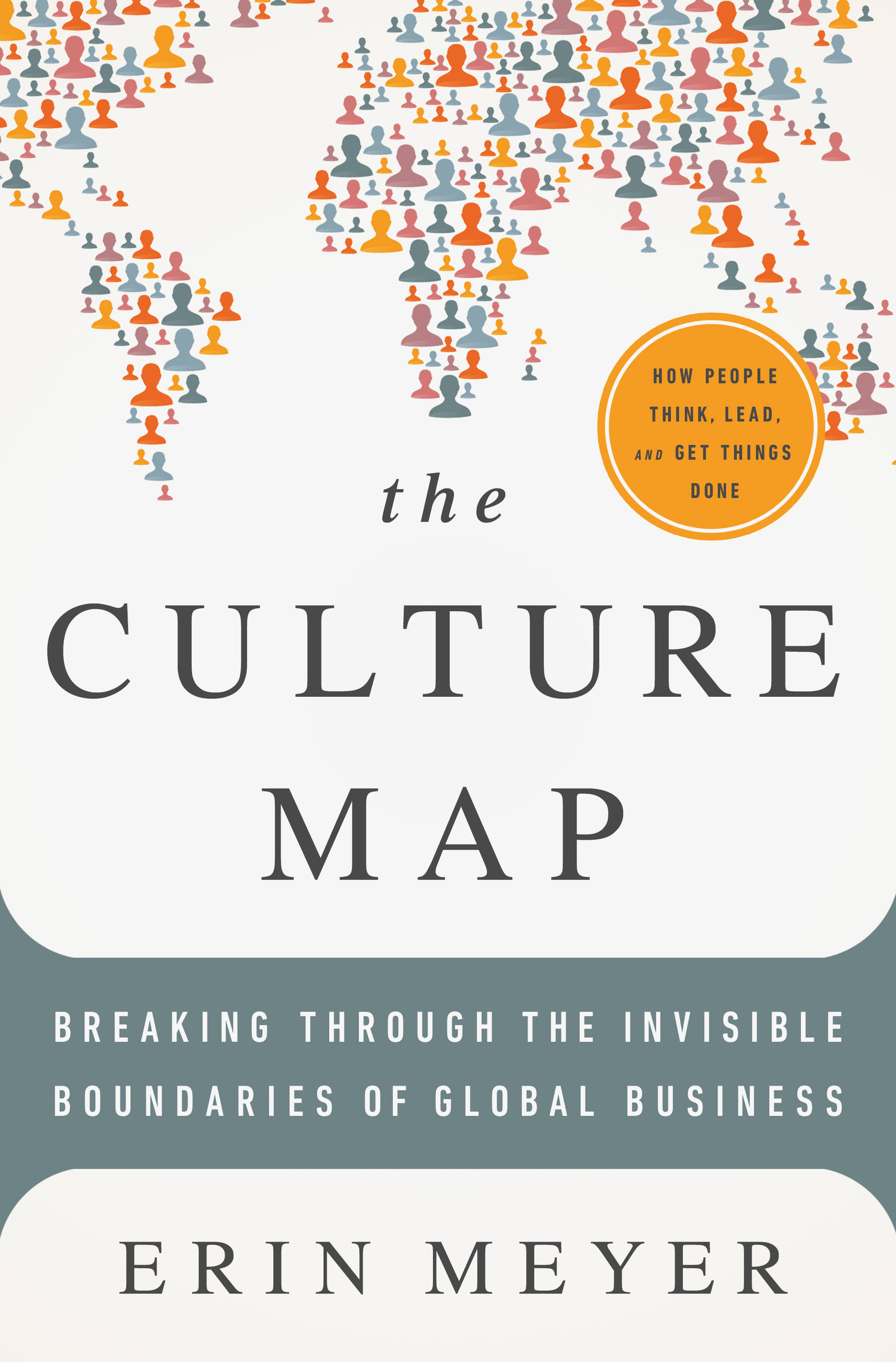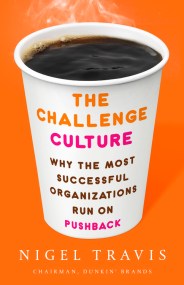Promotion
Use code MOM24 for 20% off site wide + free shipping over $45
The Culture Map
Breaking Through the Invisible Boundaries of Global Business
Contributors
By Erin Meyer
Formats and Prices
Price
$14.99Price
$19.99 CADFormat
Format:
- ebook $14.99 $19.99 CAD
- ebook $9.99 $12.99 CAD
- Hardcover $30.00 $39.00 CAD
- Audiobook Download (Unabridged)
- Trade Paperback $17.99
This item is a preorder. Your payment method will be charged immediately, and the product is expected to ship on or around May 27, 2014. This date is subject to change due to shipping delays beyond our control.
Also available from:
Americans precede anything negative with three nice comments; French, Dutch, Israelis, and Germans get straight to the point; Latin Americans and Asians are steeped in hierarchy; Scandinavians think the best boss is just one of the crowd. It’s no surprise that when they try and talk to each other, chaos breaks out.
In The Culture Map, INSEAD professor Erin Meyer is your guide through this subtle, sometimes treacherous terrain in which people from starkly different backgrounds are expected to work harmoniously together. She provides a field-tested model for decoding how cultural differences impact international business, and combines a smart analytical framework with practical, actionable advice.
Genre:
-
"Erin Meyer provides us with a brilliant guide to what all business leaders need to know right now: How to succeed in managing across the diverse cultural contexts of today's workplace!"Marshall Goldsmith, author of the New York Times and global bestseller What Got You Here Won't Get You There
-
"Whether you are sitting at a desk in Boston or eating at a restaurant in Beijing, communicating across cultures is the great challenge of the global economy. Getting it right will be the difference between success and failure. Erin Meyer has written a very important book. Managers everywhere should read it."Des Dearlove and Stuart Crainer, founders of the Thinkers50
-
"Whether you're a corporate or traditional diplomat, global traveler, government official, or passionate world citizen, this is the one book you should not miss. Chock-full of real-world examples and a simple framework that can be utilized in any cross-cultural context, Meyer's work is characterized by a fresh and relevant voice, distilling down the essentials of communicating, persuading and working effectively around the globe. It is rare that I pick up a cross-cultural book and can't put it down."Cari Guittard, Huffington Post
-
"With business becoming ever global, there are a raft of books available on dealing with cultural differences. If you only read one, make it INSEAD professor Erin Meyer's...Skillfully blend[s] real-life examples...with an analytical framework... What brings this book to life are the numerous examples Meyer has encountered, both in her own life as an American living in Paris, and in her experience as running the Managing Virtual Teams module at INSEAD."HR Magazine, 5 star review
-
"The book abounds with well-chosen anecdotes to illustrate the misunderstandings that can arise from clashing cultural assumptions, making this enlightening book a pleasure to read."Foreign Affairs
-
"Amusing."Financial Times
-
"This readable book explains how to dramatically increase organisational success by improving our ability to understand the behaviour of colleagues, clients, and suppliers from different countries."Professional Manager (UK)
-
"A helpful guide to working effectively with people from other cultures...Meyer delivers important reading for those engaged in international business."Kirkus Reviews
-
"In a relaxed, entertaining, but always knowledgeable style, Meyer draws on numerous examples from her experiences to explain how to detect the invisible barriers in the global business world--and how to get past them."Siemens Industry Journal
- On Sale
- May 27, 2014
- Page Count
- 288 pages
- Publisher
- PublicAffairs
- ISBN-13
- 9781610392594
Newsletter Signup
By clicking ‘Sign Up,’ I acknowledge that I have read and agree to Hachette Book Group’s Privacy Policy and Terms of Use







